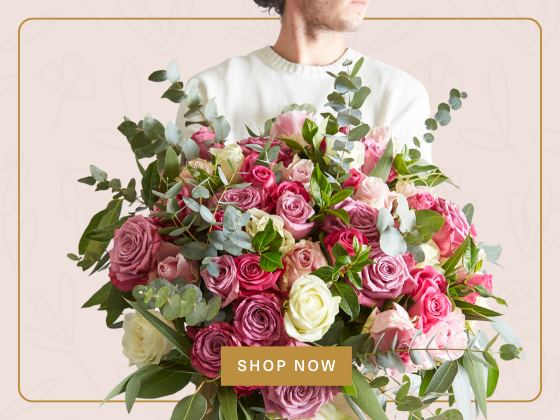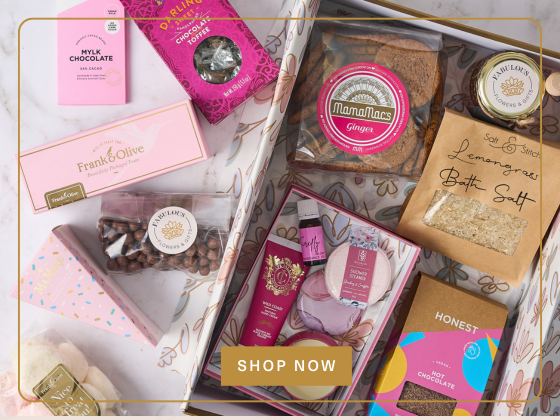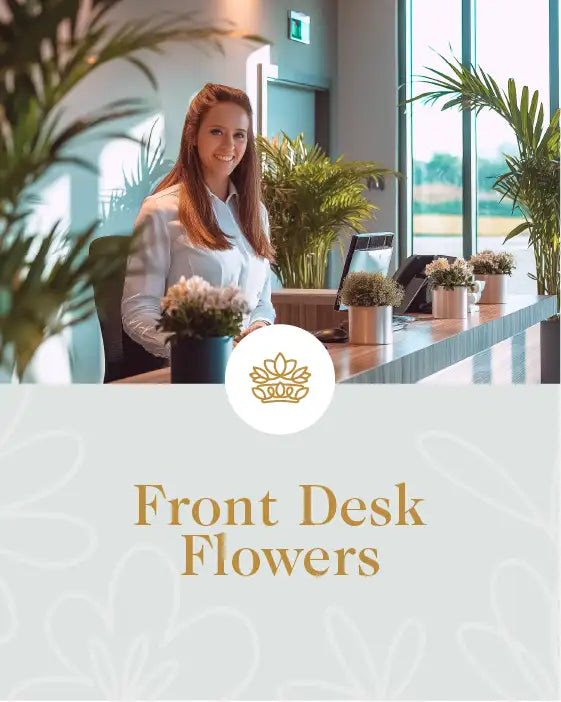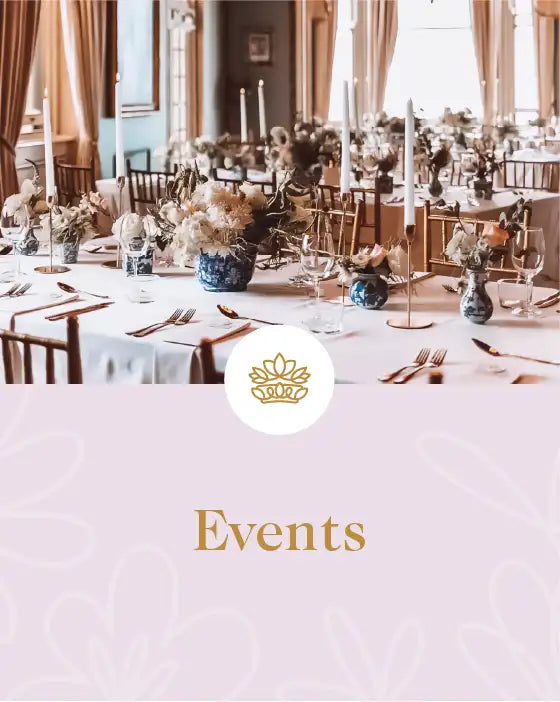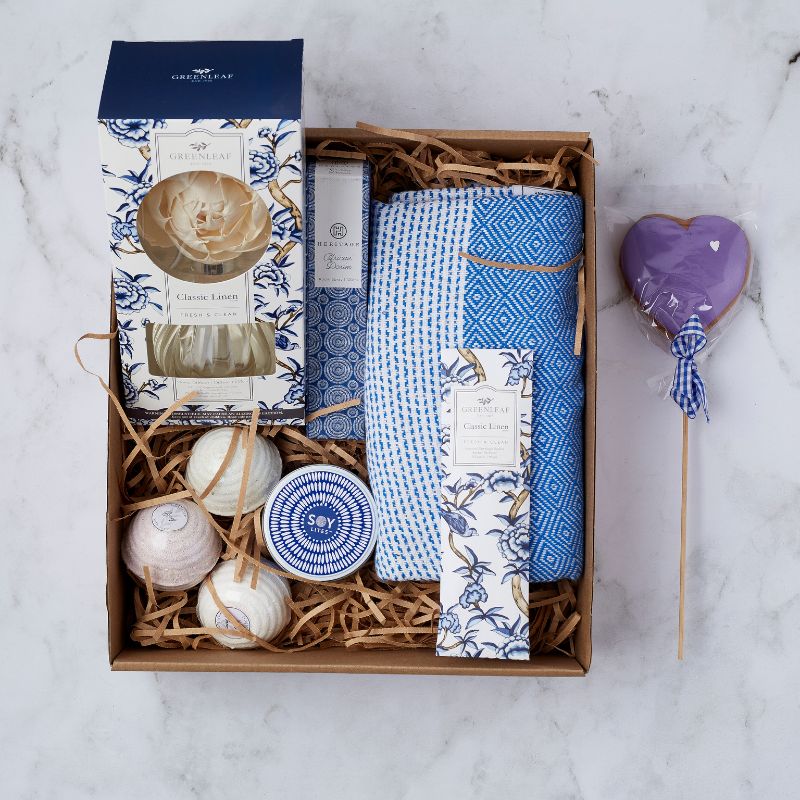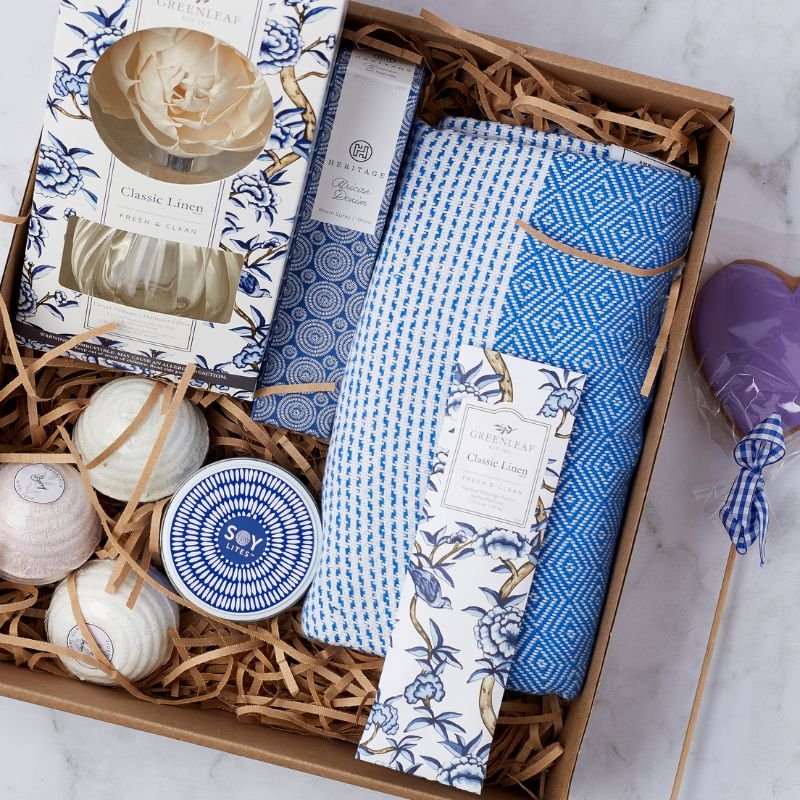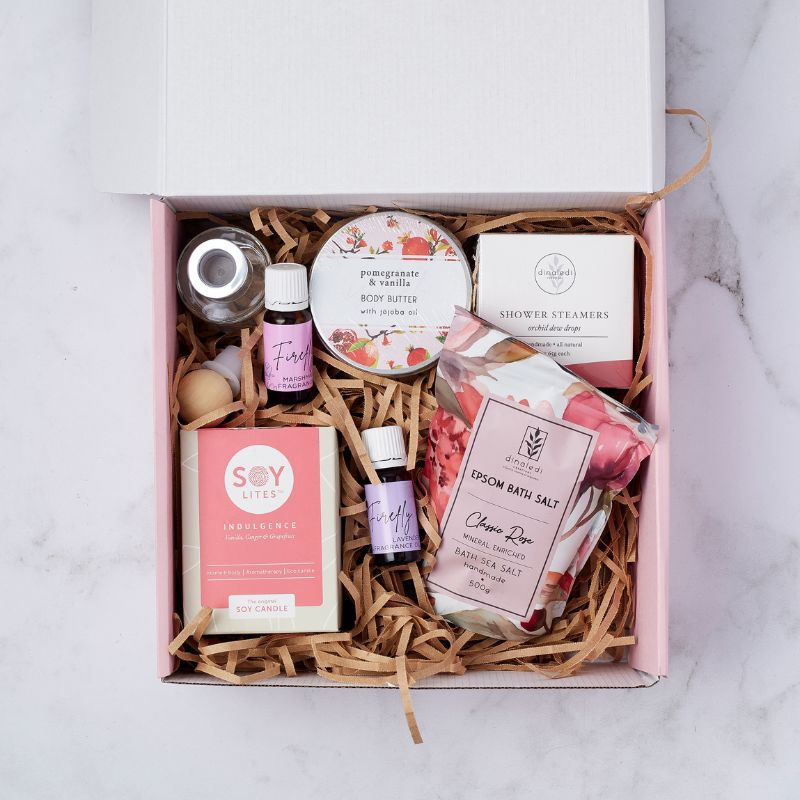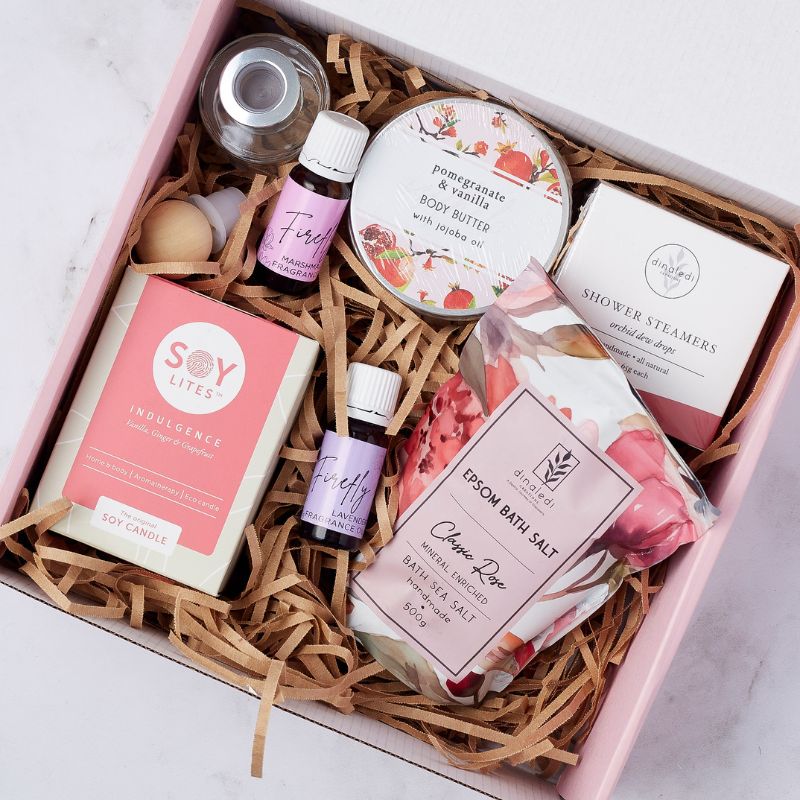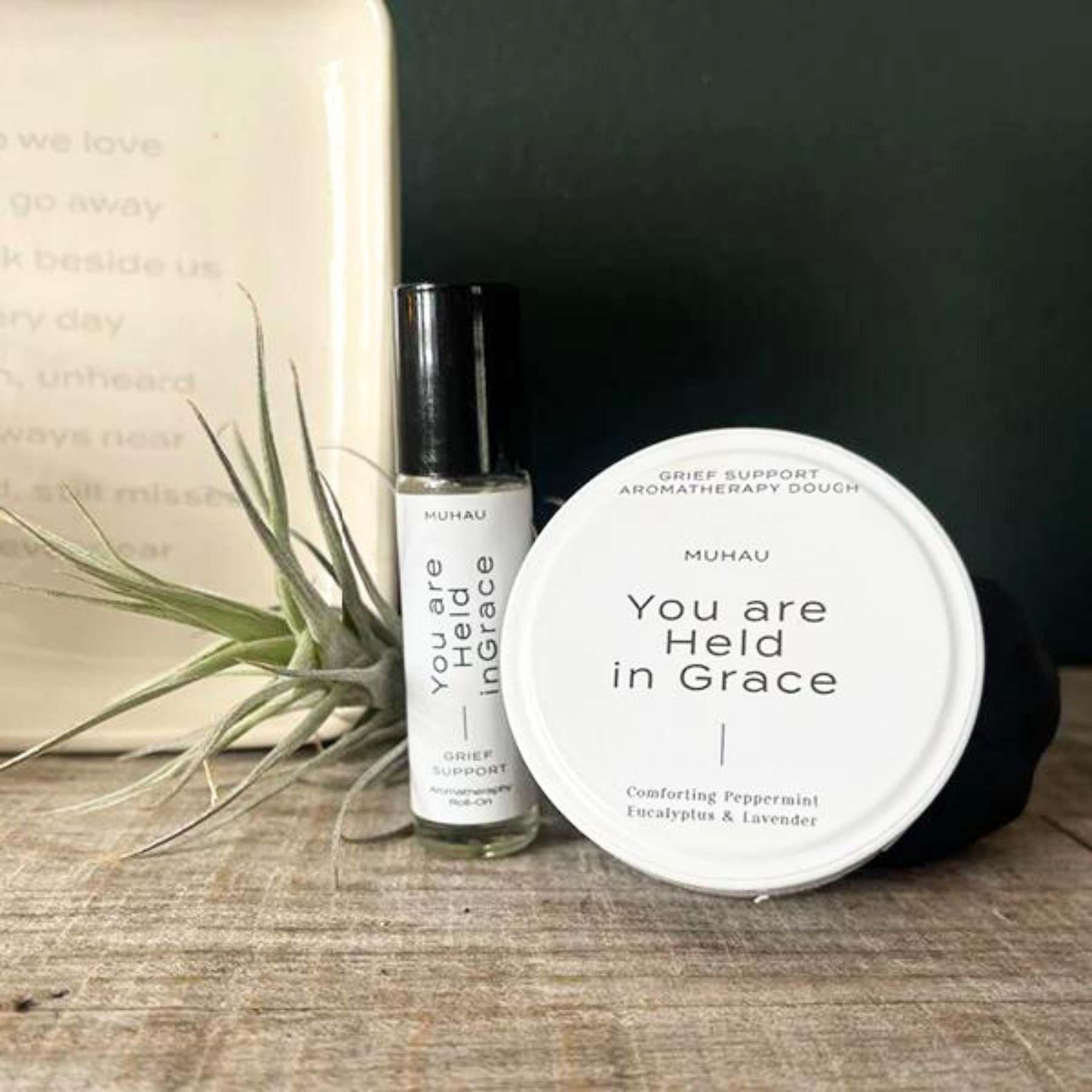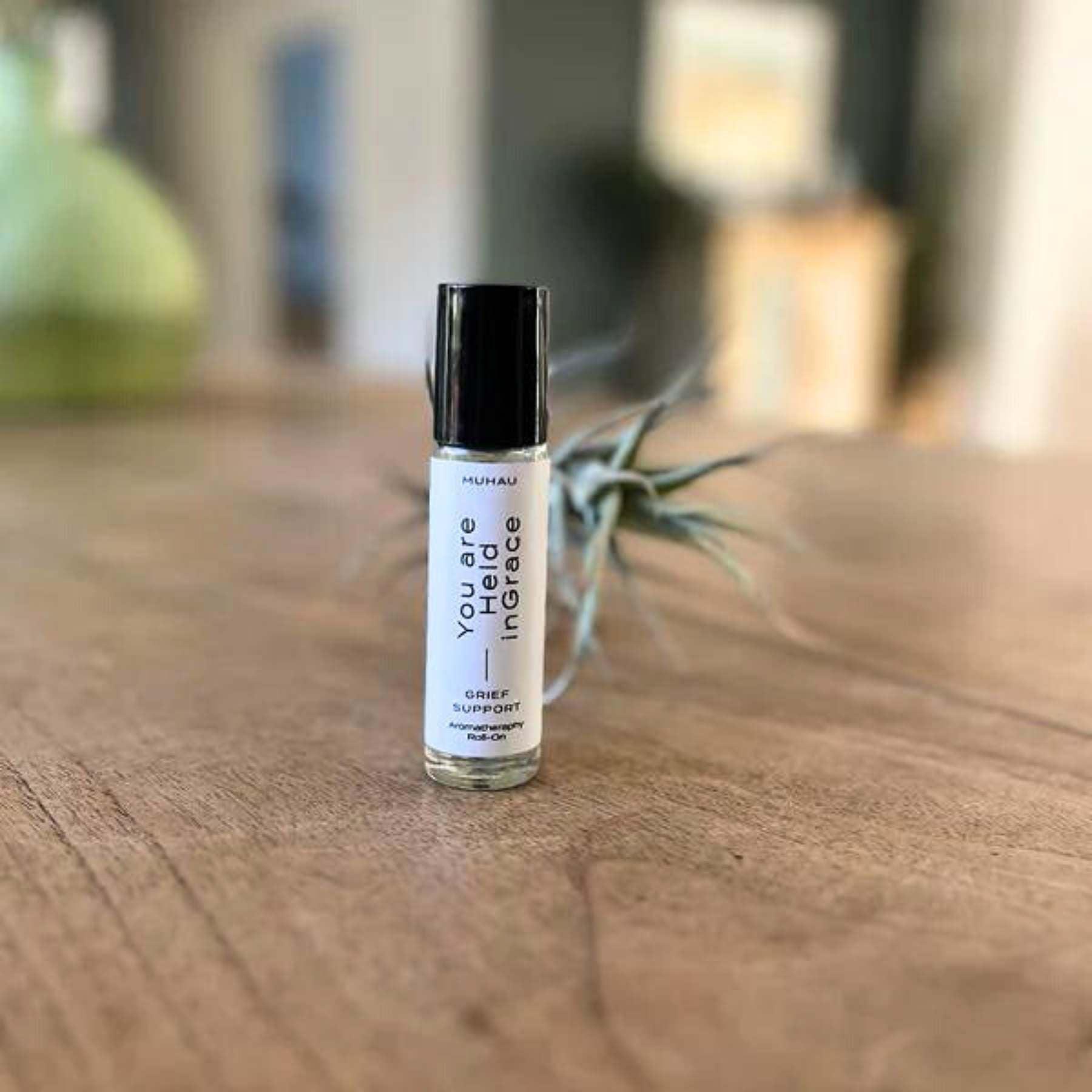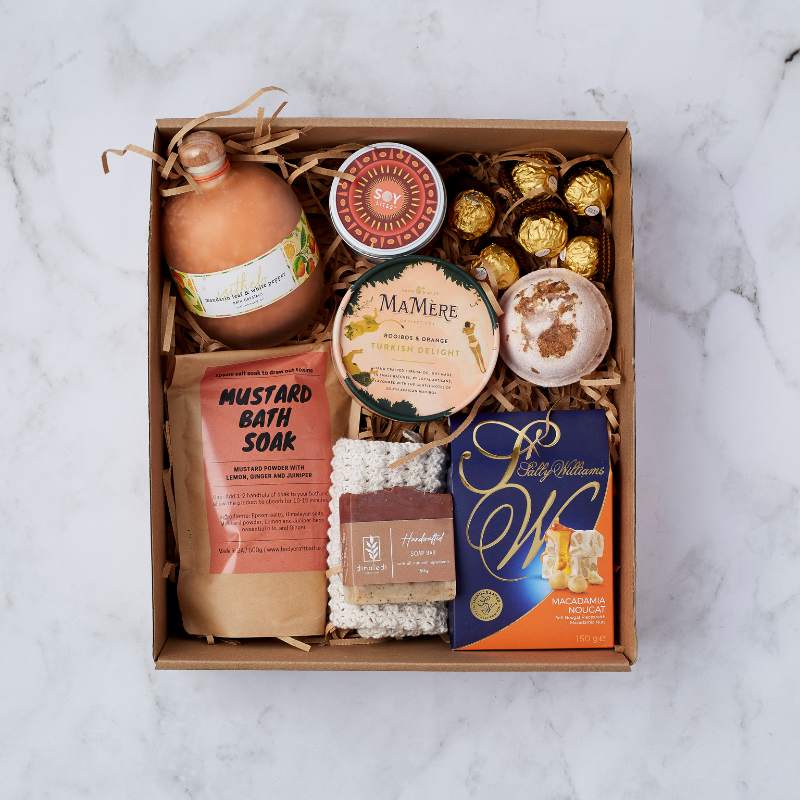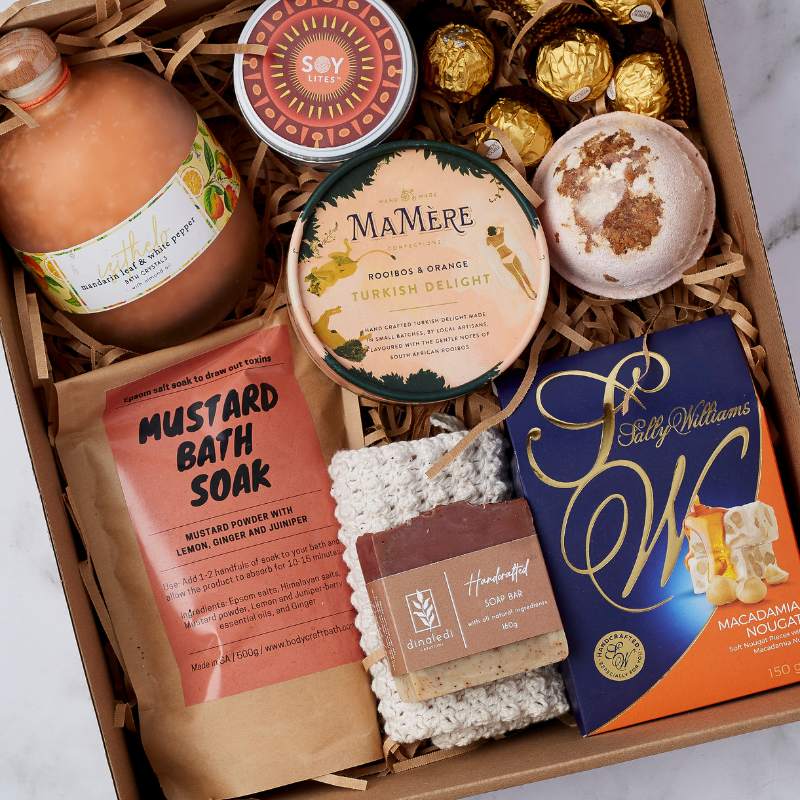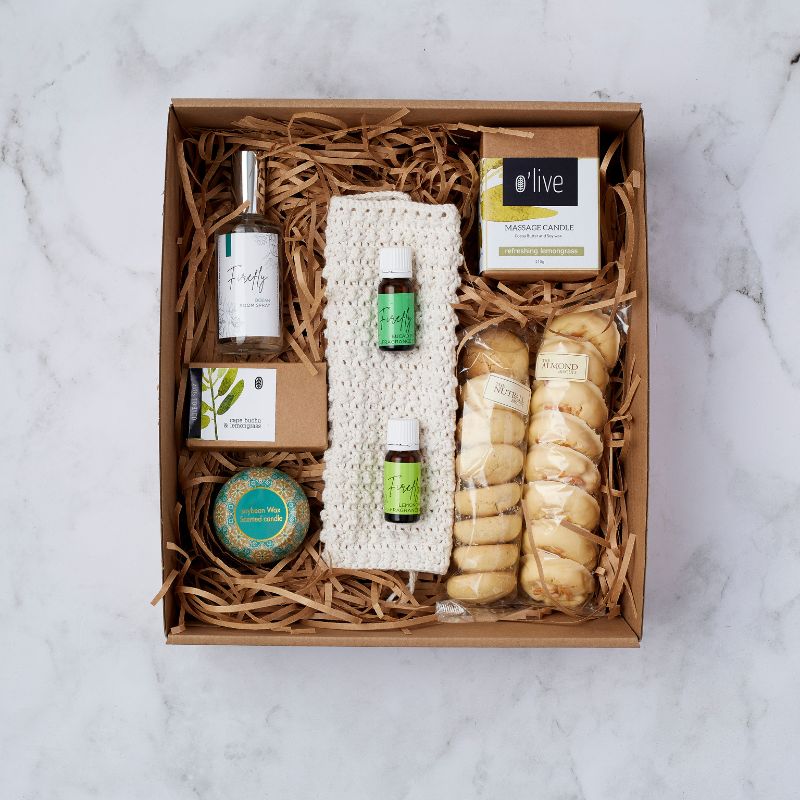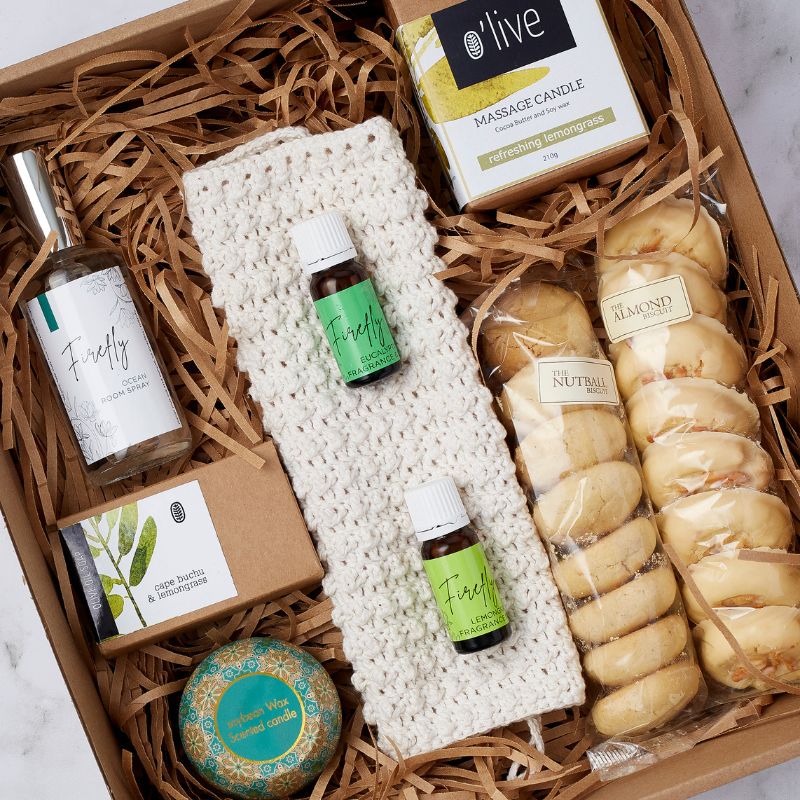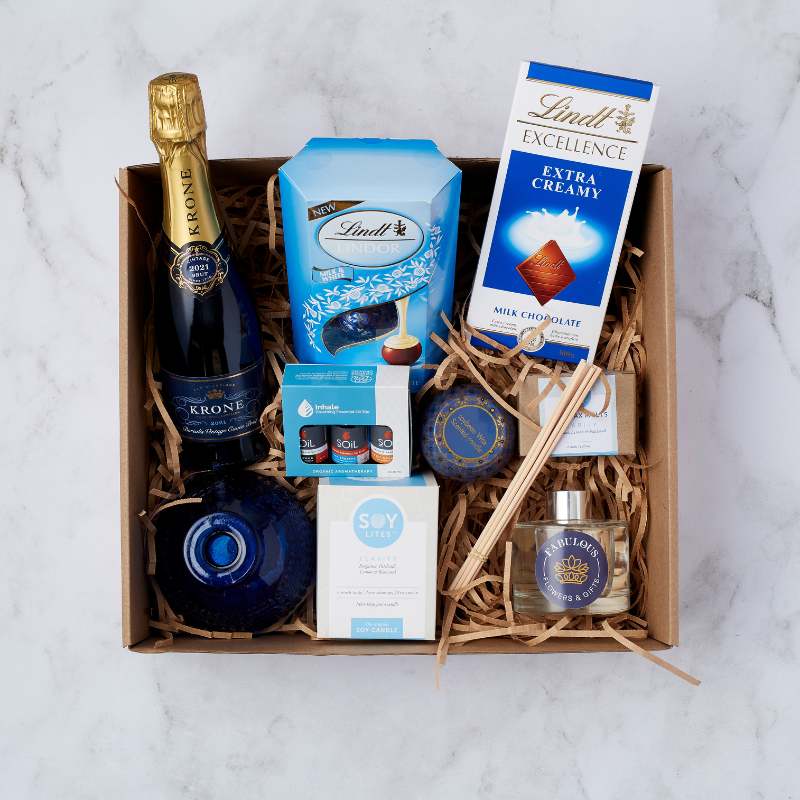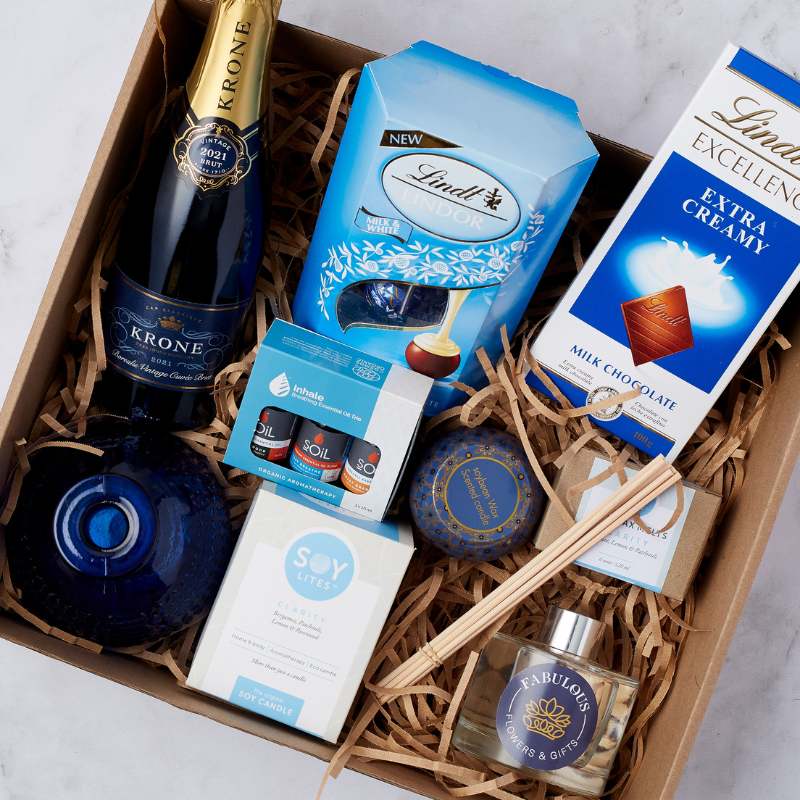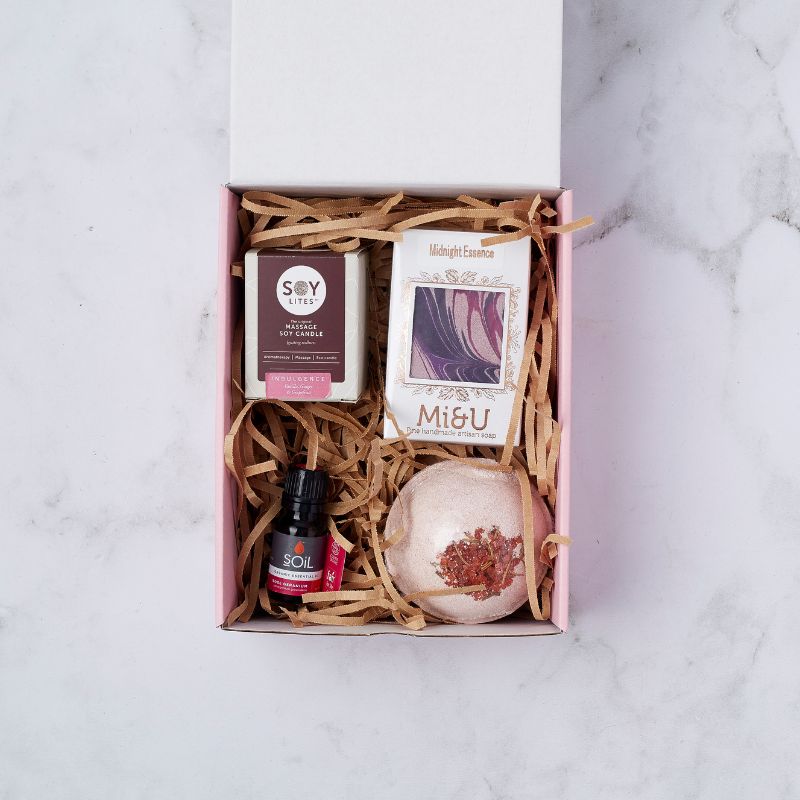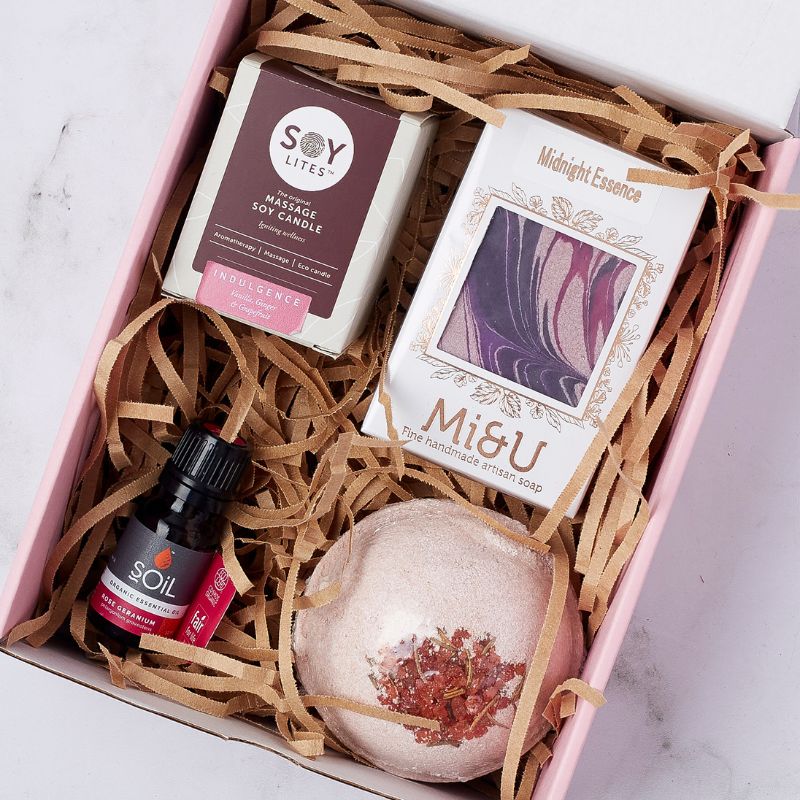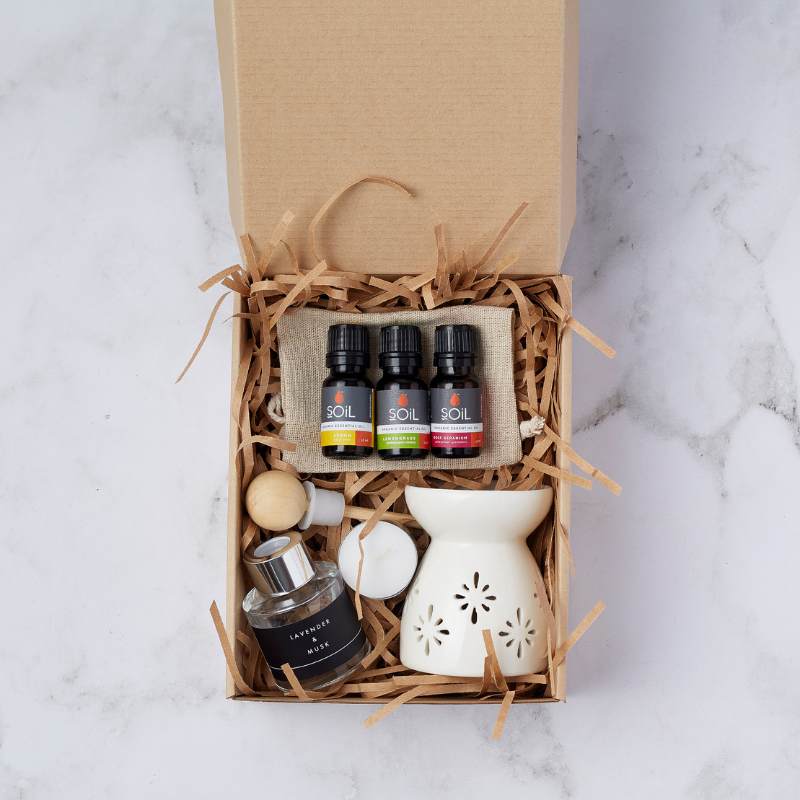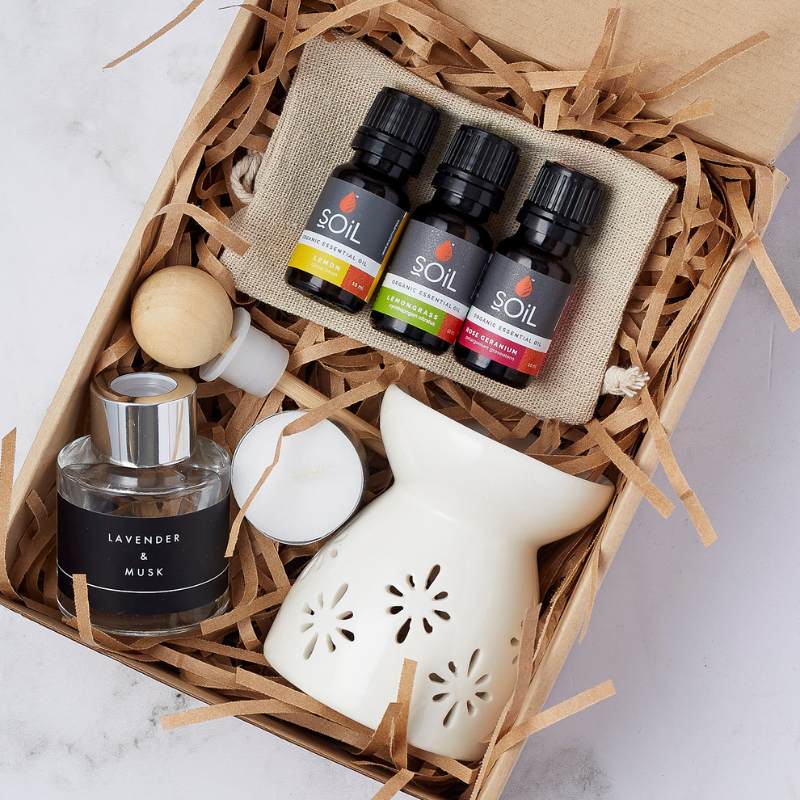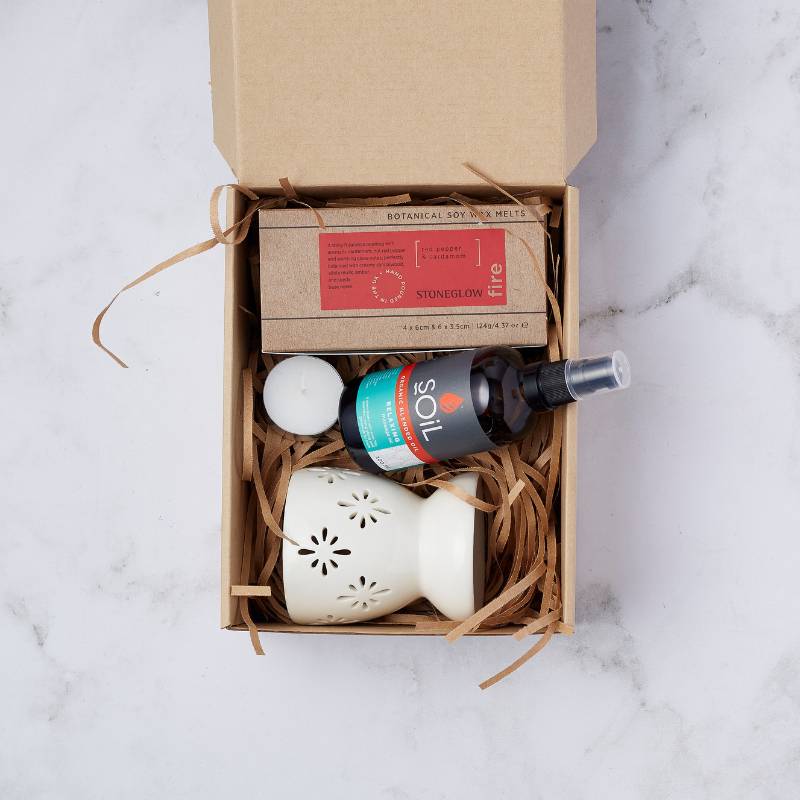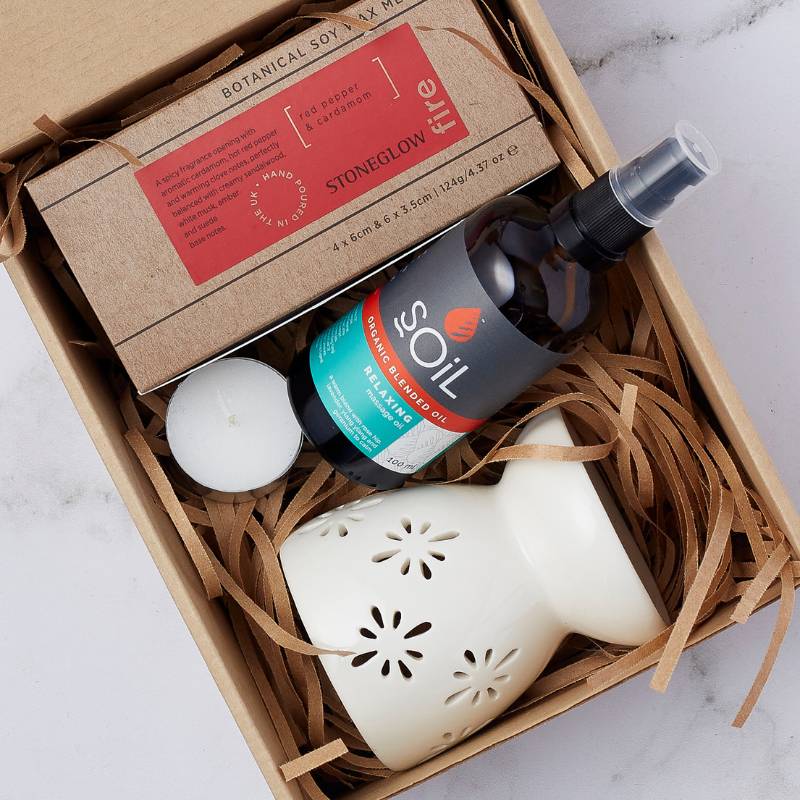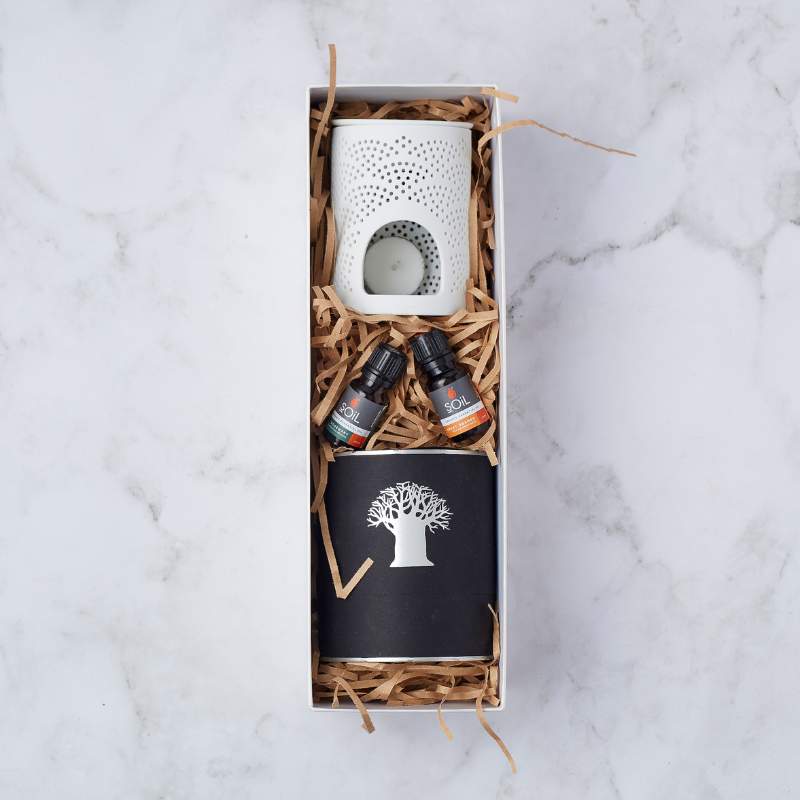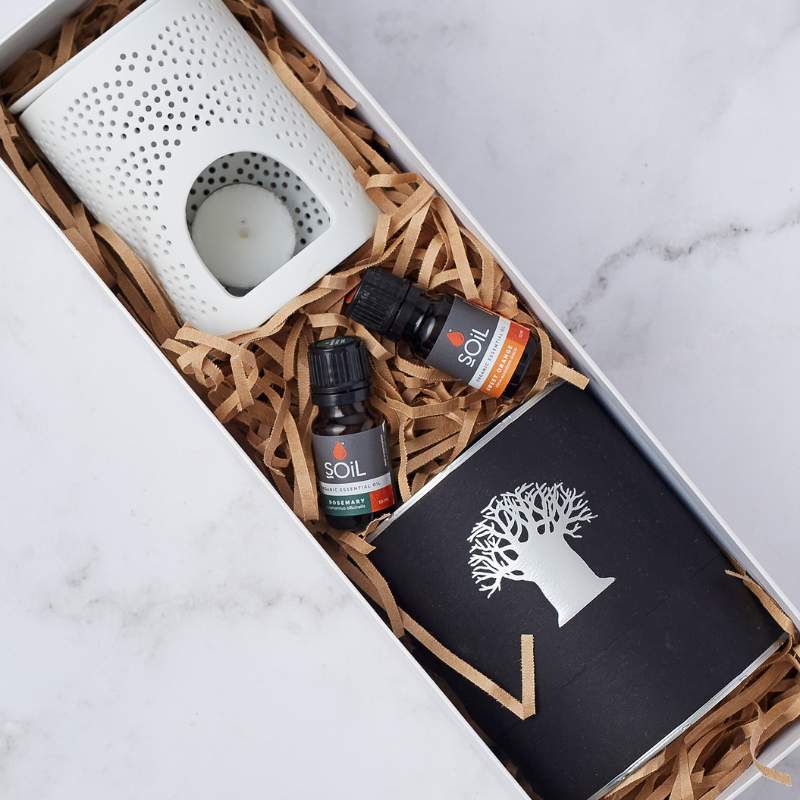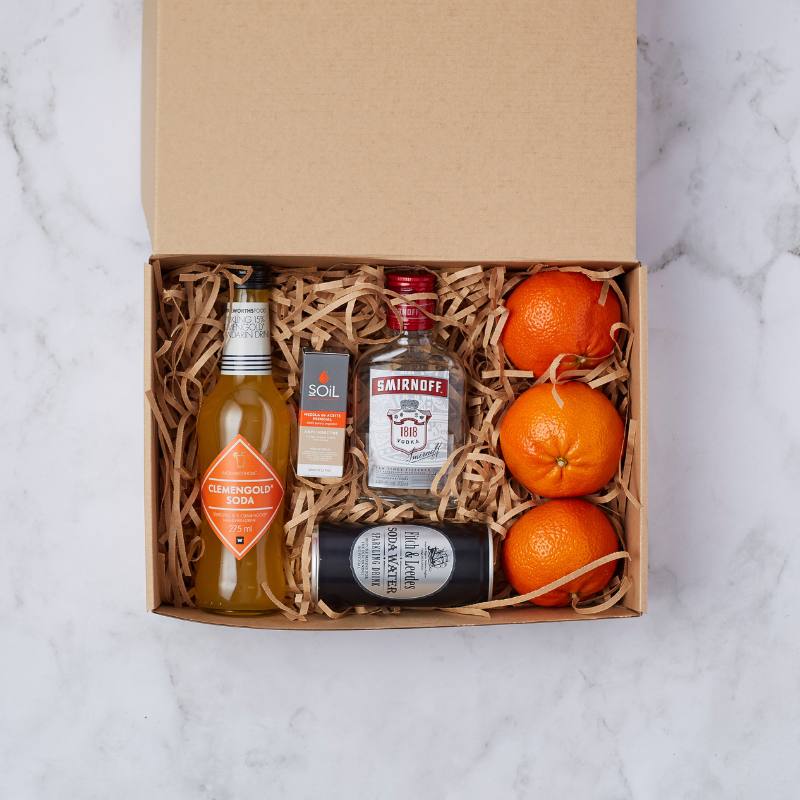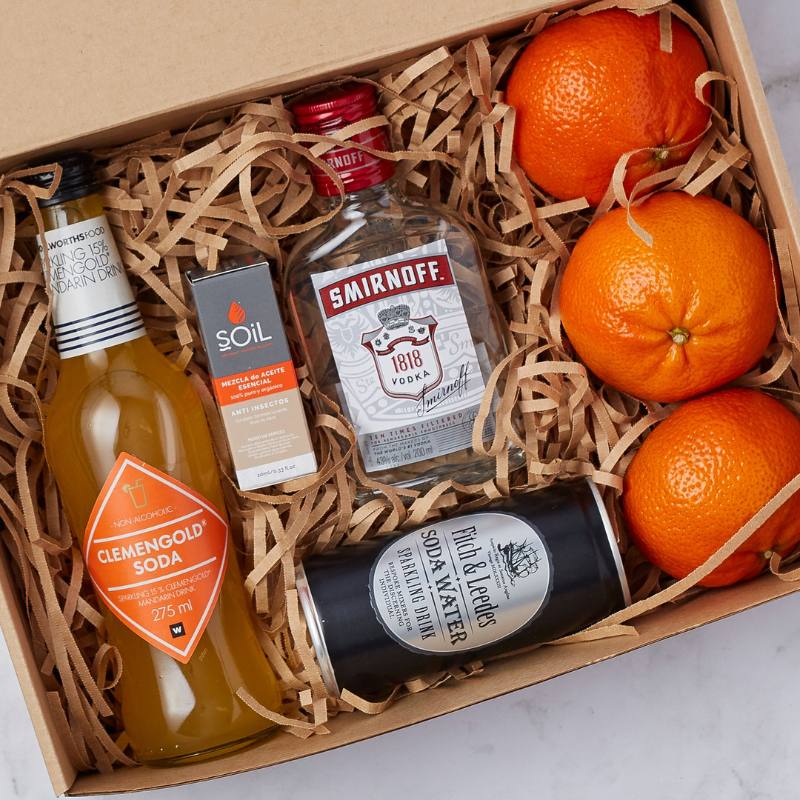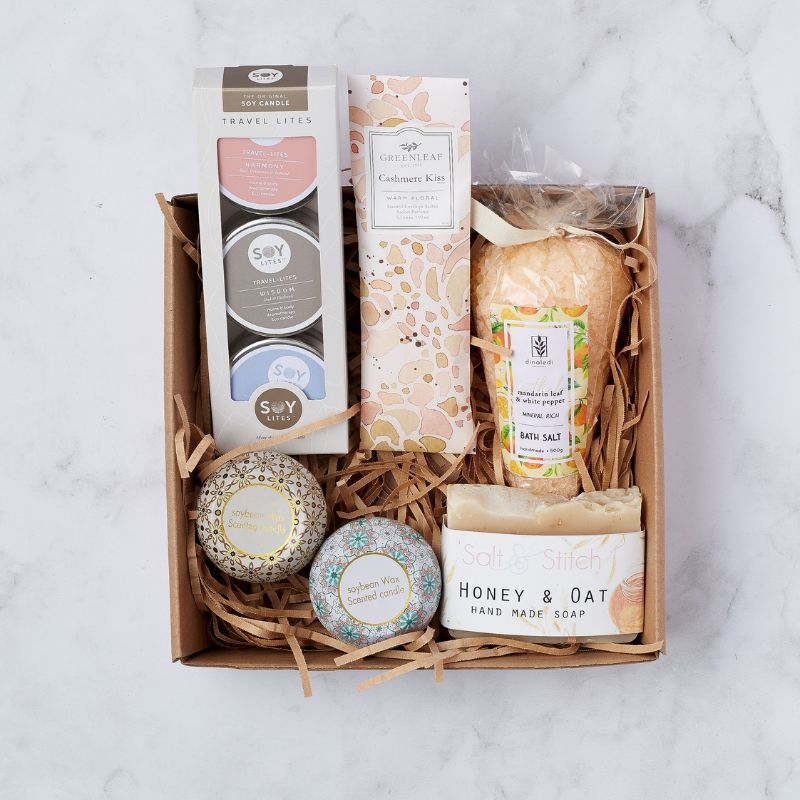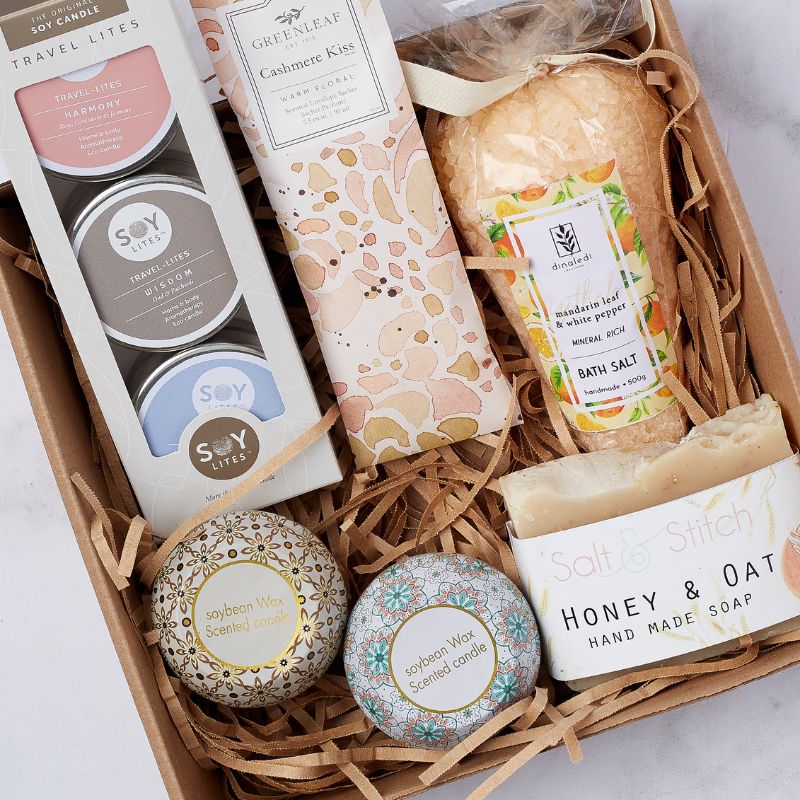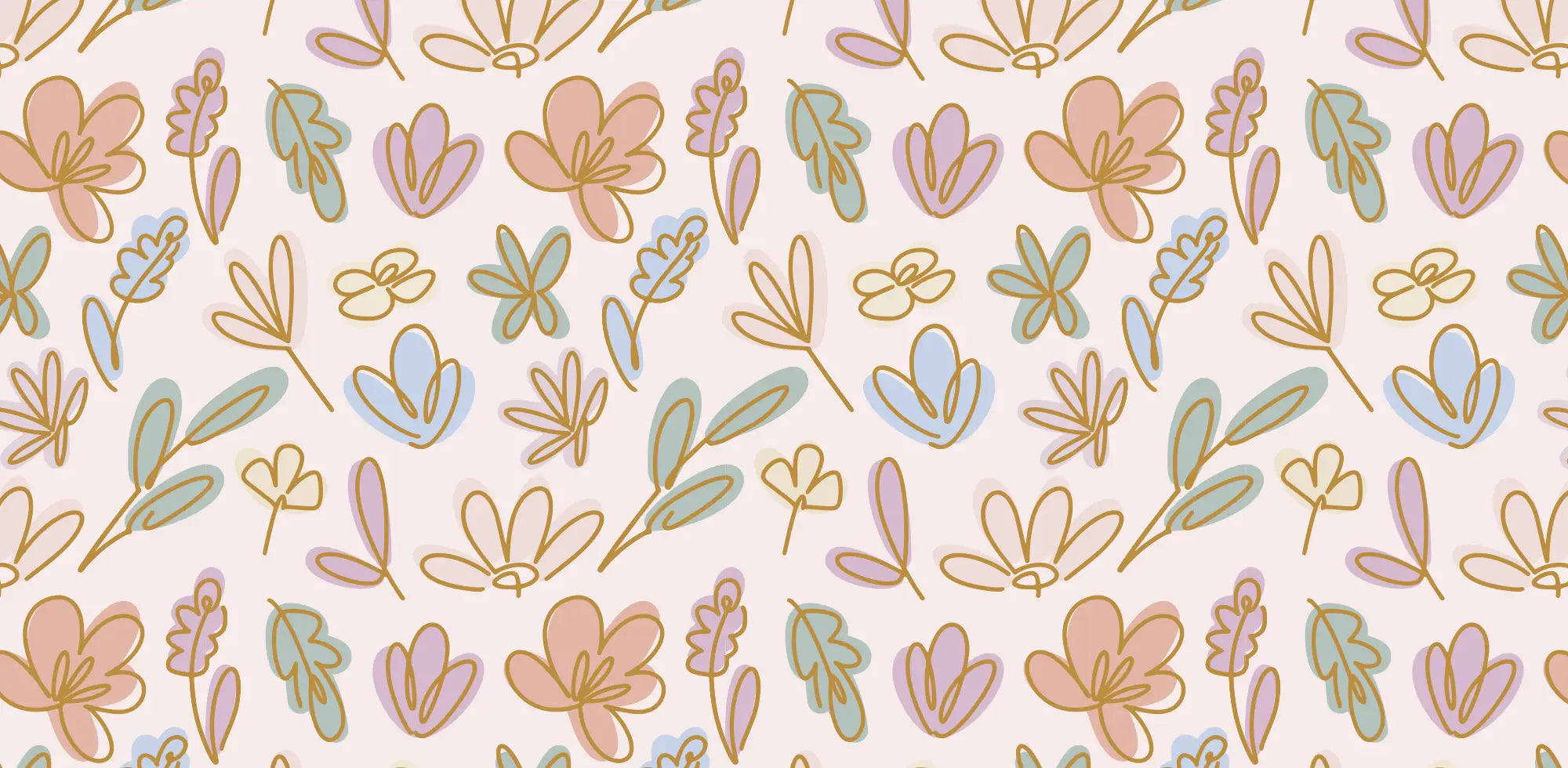Send something unforgettable—order now for priority delivery
Essential Oils: Scent Rituals For Real Life
Perfectly balanced fragrance changes a room—and a mood—in moments. Start simply: for daytime clarity, place rosemary essential oil or lemongrass essential oil in a water-based diffuser for a bright, clean lift; for evening, soften the edges with lavender essential oil and a breath of vanilla essential oil. If you’re exploring essential oils for stress and anxiety, pair one drop frankincense essential oil with two drops lavender—short, gentle sessions are best. Proudly local, we feature soil essential oils alongside curated imports so your palette spans familiar South African botanicals and global icons; if you’re searching essential oils south africa, you’ll find verified batches and elegant presentation.
Build Your Personal Edit
Choose three essential oils to cover morning, afternoon, and evening. Morning: rosemary for focus. Afternoon: lemongrass for a crisp reset (see lemongrass essential oil benefits on product pages). Evening: lavender to unwind (explore lavender essential oil benefits), optionally rounded with vanilla or a resinous note of frankincense. Prefer cooler energy? Add peppermint essential oil for a menthol-bright edge during study or gym prep. Gifting made easy: nestle your trio in an essential oil gift basket with a handwritten card, or pick an essential oils gift set that’s already styled for a luxe unboxing.
Devices, Throw & Space
A misting essential oil diffuser disperses fine fragrance quickly—ideal for open-plan rooms. A candle-lit essential oil burner delivers slower, intimate throw for bedside tables and baths. Some devices labeled essential oil humidifier accept oils (always check the manual); when in doubt, use a diffuser to protect components. For performance, start with 3–5 drops per 100 ml of water and run 15–30 minutes, then ventilate. The secret to sophistication is subtlety and pause.
Pairing With Flowers & Gifts
Scent and stems belong together. Add oils to a bouquet delivery for a full-sensory moment, or include them in a ribboned gift box for anniversaries, housewarmings, and wellness care. Same-day flowers are available in Cape Town and Johannesburg; gift boxes with oils travel nationwide in 2–4 business days—styled to arrive camera-ready.
Pro Tips For Best Results
Store bottles cool and dark, tighten caps after use, and log blends you love. For skin, dilute to 1–2% in a carrier and patch test. Keep away from pets and children; never ingest or apply undiluted to skin.
Safety & Sensitivity Notes
Skip direct use in medical devices; avoid eyes and mucous membranes; if you’re pregnant or have respiratory sensitivities, consult a professional before diffusing. If a scent feels strong, halve the drops and shorten the run time.
Ready to curate your ritual? Choose your essential oils and a diffuser—then add blooms for a moment that lingers. Delivery note: Flowers are available same day in Cape Town and Johannesburg on eligible designs; oil-led gift boxes ship nationwide within 2–4 business days—presentation-perfect on arrival. Shop similar collections: Bath and Body Gift Sets | Bath Soap | Candles | Candles South Africa | Luxury Flower Arrangements | Scented Candles | The Good Stuff
FAQ
Essential Oils
Essential oils are concentrated aromatic extracts from plants, obtained mainly via steam distillation (herbs, woods), cold pressing (citrus peels), or solvent extraction for delicate florals. They contain complex natural compounds—often including terpenes—that give each plant its signature aroma. Because they’re potent, essential oils are used in micro-quantities for ambient scenting, diluted topical blends, and fragranced crafts rather than neat, direct application.
Think “low and slow.” For rooms, add 3–5 drops per 100 ml water to an essential oil diffuser and run 15–30 minutes, then ventilate. For skin, dilute to 1–2% in a carrier (about 1–2 drops per 5 ml), patch-test, and avoid eyes and broken skin. For intimate spaces, a candle-lit essential oil burner provides gentle throw. Follow device manuals; if you’re using an essential oil humidifier, confirm it’s oil-compatible.
True distillation requires specialised equipment, heat control, and large amounts of plant material—best left to professional producers for safety and quality. At home, create infused oils (botanicals steeped in a carrier) or purchase verified, batch-tested oils to ensure purity and consistent aroma.
Define the outcome (focus, calm, freshness) and match oil families accordingly: herbals (rosemary) for clarity, florals (lavender) for unwind, citrus/grass (lemongrass) for sparkle, resins (frankincense) for depth. Start with short diffusion cycles, keep concentrations low, and ventilate. For topical blends, stick to conservative dilutions and discontinue if irritation occurs.
Here—our essential oils South Africa range combines soil essential oils with curated imports, offered as singles, duos, and essential oils gift set options. Add a diffuser for a complete start, or build an essential oil gift basket for elegant gifting. Same-day flowers are available in Cape Town & Johannesburg; gift boxes ship nationwide in 2–4 business days.
Not exactly. Essential oils are multi-compound mixtures that often include terpenes (e.g., linalool, limonene) alongside esters, alcohols, and aldehydes. Terpenes contribute to aroma and volatility, but the full profile—and how it smells/behaves—comes from the complete blend of constituents.
Blend thoughtfully. Harmonious pairings include citrus + herb (lemongrass + rosemary), floral + citrus (lavender + lemon), and resin + wood (frankincense + cedar). Keep total concentration low, record ratios, and avoid known irritants on sensitive skin. If a blend smells muddy, reduce the number of oils and re-balance.
Many people choose very gentle, brief diffusion in well-ventilated spaces, but guidance can vary. Speak with your healthcare provider first, avoid high concentrations, and skip potentially stimulating oils. Always err on the side of minimal exposure and good airflow.
Use only a nebulizing diffuser designed for essential oils. Do not add oils to a medical respiratory nebulizer (for medication); it’s unsafe and can damage devices and lungs.
For evening calm, diffuse 3–6 drops for 15–20 minutes or dilute in a carrier for a light temple/shoulder massage. You can also add a properly diluted amount to bath salts. Many people enjoy lavender essential oil benefits for wind-down and sleep routines.
As a practical rule, 3–5 drops per 100 ml water. Small bedrooms: 3–6 drops; larger, airy rooms: 6–10 drops. Increase gradually and stop when the scent is noticeable but not heavy; over-scenting quickly leads to “nose fatigue.”
Combine 2 cups Epsom salt + ½ cup fine sea salt. In a separate cup, mix 1 tbsp carrier oil with 10–20 drops total essential oils (e.g., lemongrass essential oil + peppermint essential oil). Stir into salts, store airtight, and use ¼–½ cup per bath. Always rinse the tub afterward; oils can make surfaces slick.
True magnolia is typically produced as an absolute, not a home-distilled oil. For a safe alternative, create a perfumed infusion: cover dried magnolia petals with jojoba for 2–4 weeks, strain, and accent with a single drop of vanilla essential oil or frankincense for warmth.
Common uses include (diluted) deodorising, household freshening, and occasional skincare routines. Patch-test carefully, keep away from pets, and never ingest. For diffusion, use very small amounts and ventilate well—its camphoraceous note is potent
Luminous citrus with a soft floral/tea nuance—elegant, uplifting, and versatile. It blends beautifully with lavender for evening balance or with herbals for daytime clarity.
A crisp, clarifying aroma for daytime blends and surface freshening. If used topically, dilute well and avoid sun exposure due to potential photosensitivity associated with citrus oils.

